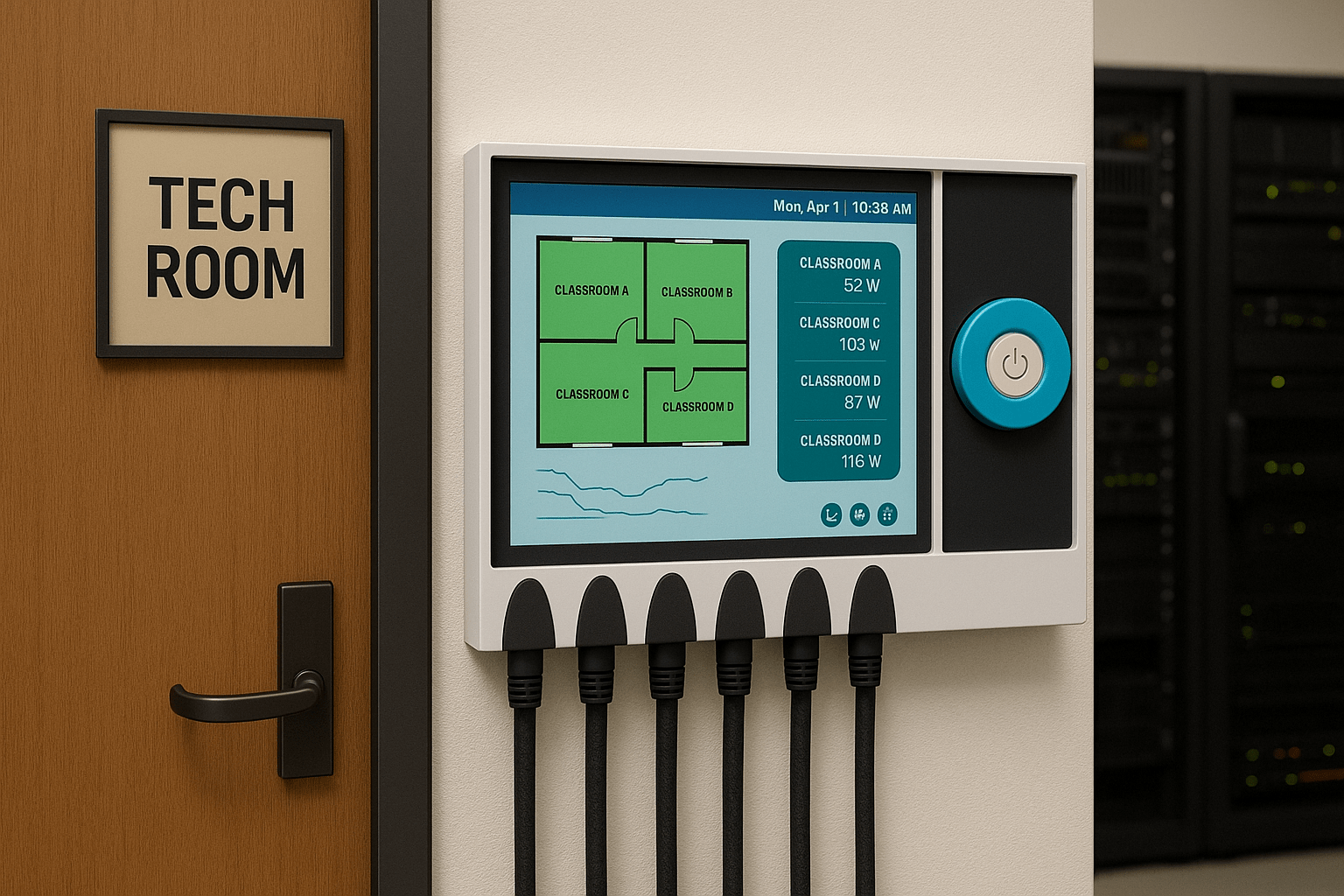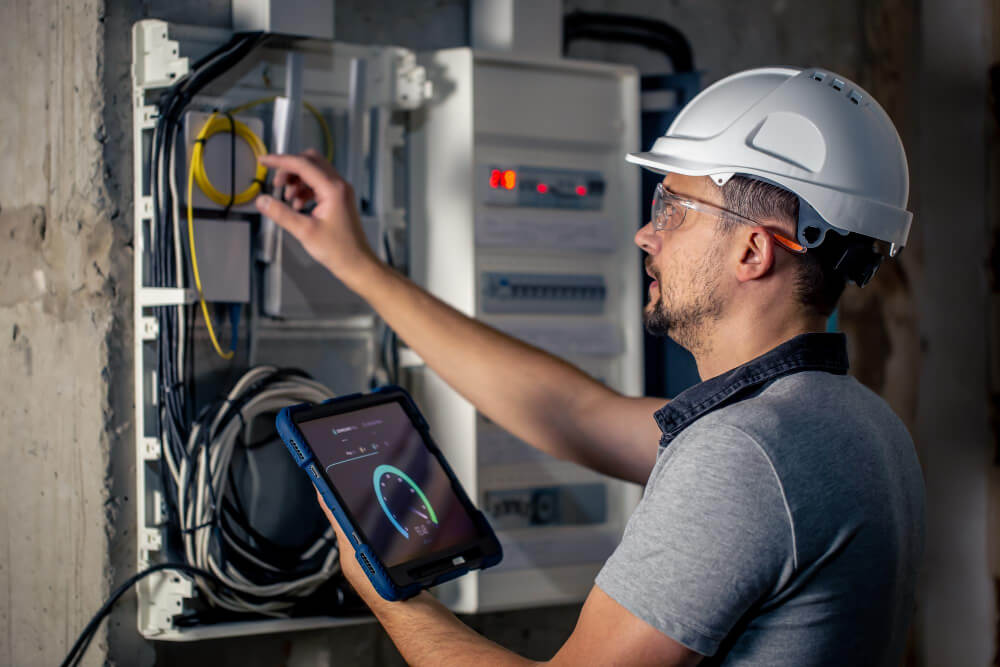
E Power transforming building electrical safety
Electric safety is probably the most overlooked aspect of modern infrastructure, yet one of its most significant. In Canada, about 20% of home fires are caused by electrical failure, often from overheated conductors, worn-out outlets, or hidden progressive surges. Traditional practices such as fuses and breakers only respond to short, transient currents and leave buildings vulnerable to progressive overheating. This gap in protection has made building electrical safety an increasing priority among property owners, managers, and engineers.
This is where innovation comes into play in E Power. In the integration of thermal sensors, infrared detection, and smart relays, the system offers continuous, real-time observations of electrical distribution networks. Most importantly, its proactive ability of cutting power prior to heat turning into fire portends a new age of smart fire prevention. For Canadian buildings exposed to harsh weather and growing energy demands, E Power is more than an alarm system but an investment in resilience, sustainability, and peace of mind.
The Science Behind Smart Fire Prevention
The foundation of smart fire prevention is thermodynamics and materials science. Electric wires, when carrying excessive loads, gradually heat up due to resistance, a process governed by Joule’s Law (P = I²R). Old breakers monitor only sudden spikes in current, but not the subtle rise in temperature. Over time, this heat can degrade insulation, produce sparks, and lead to infernal fires.
E Power incorporates branch-level thermal sensors at the distribution box to track small but important temperature variations. Infrared sensors add an extra level of protection by sensing potential ignition points beyond the range of human sight. Combining these technologies transforms electrical building safety from reactive to proactive. Preventing problems before they develop, buildings achieve a higher degree of reliability and Canadian safety standards compliance.
Building Electrical Safety in Canadian Context
Canada presents unique difficulties in building electrical safety. Harsh winters place excessive demands on heating systems, which are a factor in elevated electrical loads. Aging infrastructure in urban centers contributes to the risk level, as older wiring is more prone to wear and overheating. National fire data cite thousands of preventable electrical fires annually.
By integrating sensors and algorithms, E Power tackles those risks squarely. Its compatibility with Building Management Systems (BMS) allows facility managers to track anomalies in real time, even in inaccessible or weather-affected locations. The added value of smart fire prevention in this case is not just one of safety, but of uninterrupted building operations, reduced insurance claims, and enhanced occupant trust, all of which are highly relevant to the Canadian market.
Smart Technology and Proactive Safety Algorithms
E Power’s power is not only in hardware but also in the intelligence of its algorithms’ software. Using advanced performance parameters, the system independently decides to alarm, turn off current, or warn. This autonomy is extremely critical because human response takes too long to arrive during the detection of an electrical fault’s beginning.
In smart fire prevention, algorithms scan sequences of actual data from infrared and thermal sensors. When a threshold is passed, the system automatically performs an action, cutting off power before catastrophic failure. Building electrical safety is thus ensured without relying fully on human sighting. By remote control through SMS or IoT connectivity, Canadian operators are able to manage multiple locations remotely, ensuring resilience for commercial, industrial, and residential areas.
Strategic Market Implications in Canada
Beyond science, E Power uptake has strategic implications on the Canadian smart building industry. The Canadian smart building industry was valued at over USD 3 billion in 2023 and will continue to grow with rising energy efficiency and safety requirements. Building electrical safety is an important concern of property managers who wish to meet sustainability and insurance standards.
With the provision of smart fire prevention as a package solution, E Power is not just a product but a value proposition for reducing risks and operational spending. Having the ability to detect gradual overheating gives it a competitive edge over partial solutions by incumbent players, showing its role in shaping the future of Canadian building safety standards.
Minimal Product Reference in Competitive Context
Compared to global competitors Schneider, Siemens, and ABB, which are more electrical-monitoring-focused, E Power has a more rounded solution to creating building electrical safety. Others excel best at accuracy or integration at an industrial level but fail to include the advance multi-sensor strategy that defines smart fire prevention.
For managers and owners of Canadian buildings, it’s significant. Having the capability to combine thermal monitoring, infrared detection, and remote alerts into a single system reduces vulnerabilities and provides peace of mind. With less installation complexity and strong user-friendliness, E Power provides high return on investment while setting new standards in active fire safety technologies.
Conclusion
The development of building electrical safety is no longer a choice but a necessity. With increasing energy loads in Canadian buildings, harsh weather patterns, and older infrastructure, electrical fire danger remains at large. Traditional safety systems are unable to react to slow, progressive overheating and leave a critical gap in protection.
E Power fills this void by bringing together thermal sensors and infrared sensors, smart relays, and proactive algorithms in a single solution. Its integration within Canada’s BMS platforms facilitates its use in Canada’s growing smart building sector. Perhaps most importantly, its interventions in real-time show the very spirit of smart fire prevention, acting before the events occur, not after.
For managers, owners, and safety regulators, this technology offers more than compliance; it offers peace of mind, cost savings, and a sustainable future infrastructure. Canadian buildings make another step forward to a safer, smarter, and more sustainable tomorrow with E Power.



